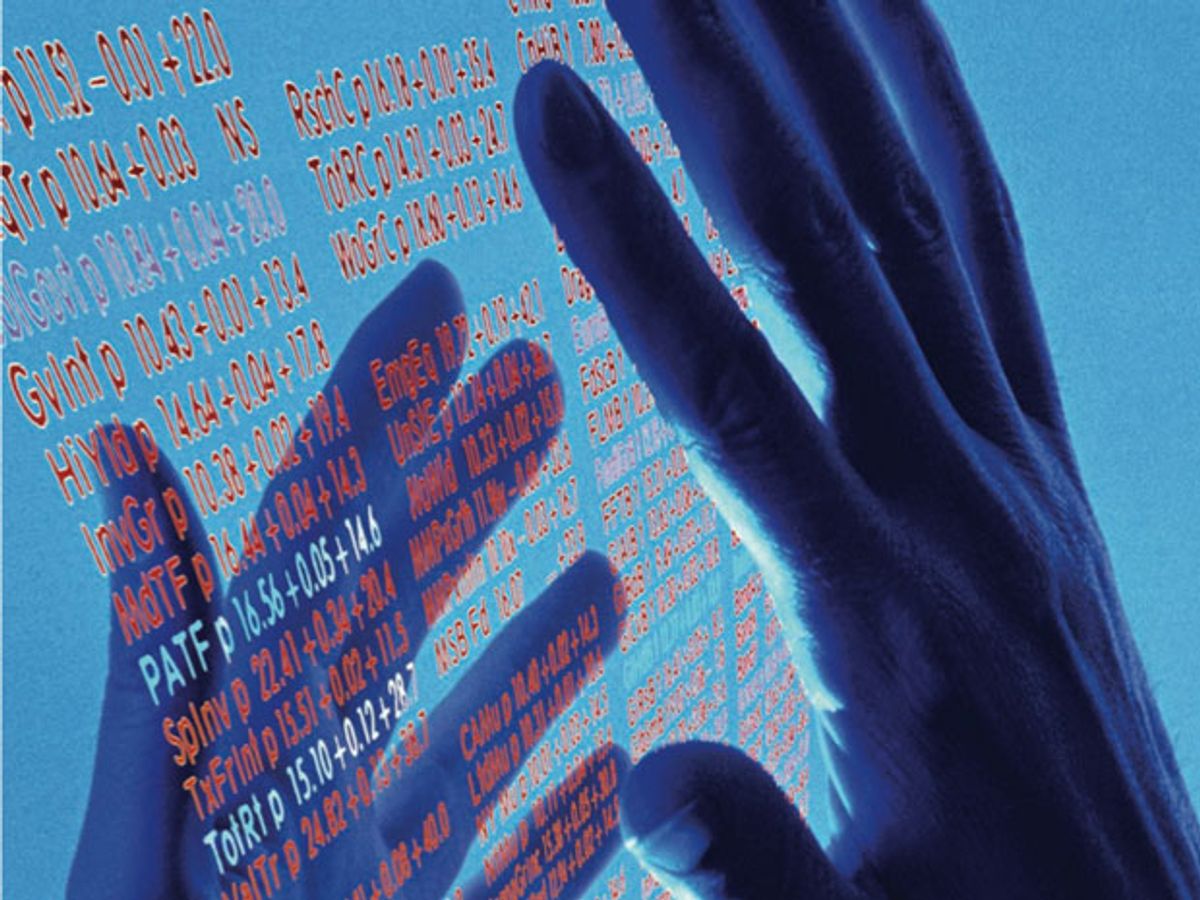One of the most sought-after new features on mobile devices is the touch screen. But that name is a misnomer, according to a group of researchers at Northwestern University, in Evanston, Ill., who point out the obviousthat these displays offer minimal tactile feedback. But suppose touch screens could touch you back: You could ”feel,” say, the edges of the buttons on a virtual keypad or the links on a Web page.
Recently, at the IEEE-sponsored World Haptics Conference 2009, in Salt Lake City, Michael A. Peshkin and J. Edward Colgate, mechanical engineering professors and codirectors of Northwestern’s Laboratory for Intelligent Mechanical Systems, described their candidate for such an enhanced touch screen--a device they call the Tactile Pattern Display, or TPaD. It can create the illusion of texture on an unadorned piece of glass.
The 25-millimeter-diameter prototype takes advantage of the relatively high coefficient of friction between human skin and glass. ”Glass is remarkably ’sticky,’ ” says Peshkin. ”You think of it as being smooth, but the coefficient of friction between glass and your fingertip is about 1.” (That’s about the same as rubber on dry concrete.) But when the glass is vibrated ultrasonically, a cushion of air forms between your finger and its surface.
The TPaD’s 1.6-mm-thick glass layer is set into ultrasonic oscillation by a piezoelectric ceramic disc glued to the glass. The amplitude of the oscillation can be controlled, reducing the coefficient of friction by up to a factor of 10. The higher the amplitude of oscillation, the lower the coefficient of friction.
When you run a finger across the TPaD, ”you get a very strong tactile sensation of something being there, like a bump, a dip, or an edge,” says Peshkin. To create the feeling that you’re rubbing your finger against a file grating, for example, you turn the plate oscillation on for the grooves and off for the ridges.
The entire plate vibrates, so the amount of friction is the same all over the TPaD’s surface at any given time. But because the oscillations are modulated as your finger’s position changes, the device fools you into thinking that there are varying amounts of friction at different locations. The prototype uses optical sensors to keep track of your finger’s position. The friction reduction can be switched on and off so quickly (within about 4 milliseconds on average) that the pitch of virtual bumps or dips can be made far finer than what a fingertip can discern.
The group is currently working on several engineering challenges, including creating larger versions of the TPaD. They’ve already gotten it to work on screens comparable in size to those on cellphones.
Another technical hurdle is limiting how much power the TPaD draws, which is hugely important in mobile devices, where your power budget is measured in milliwatts. ”In principle, the TPaD does not need a lot of power,” says Peshkin. ”But in practice, you run into issues like parasitic losses because of power being dissipated through things like mountings.”
Asked when an online shopper can expect to use a TPaD to tell how a garment feels, Peshkin said, ”That’s getting into haptic virtual reality, which is a ways down the pike.”
Willie Jones is an associate editor at IEEE Spectrum. In addition to editing and planning daily coverage, he manages several of Spectrum's newsletters and contributes regularly to the monthly Big Picture section that appears in the print edition.



